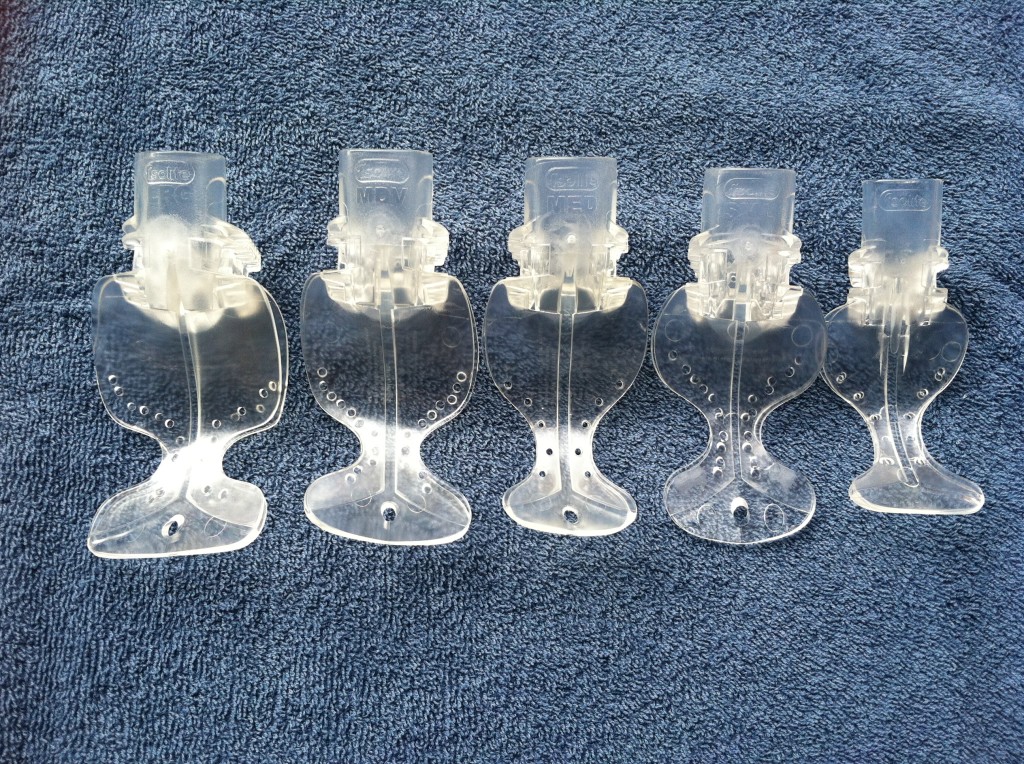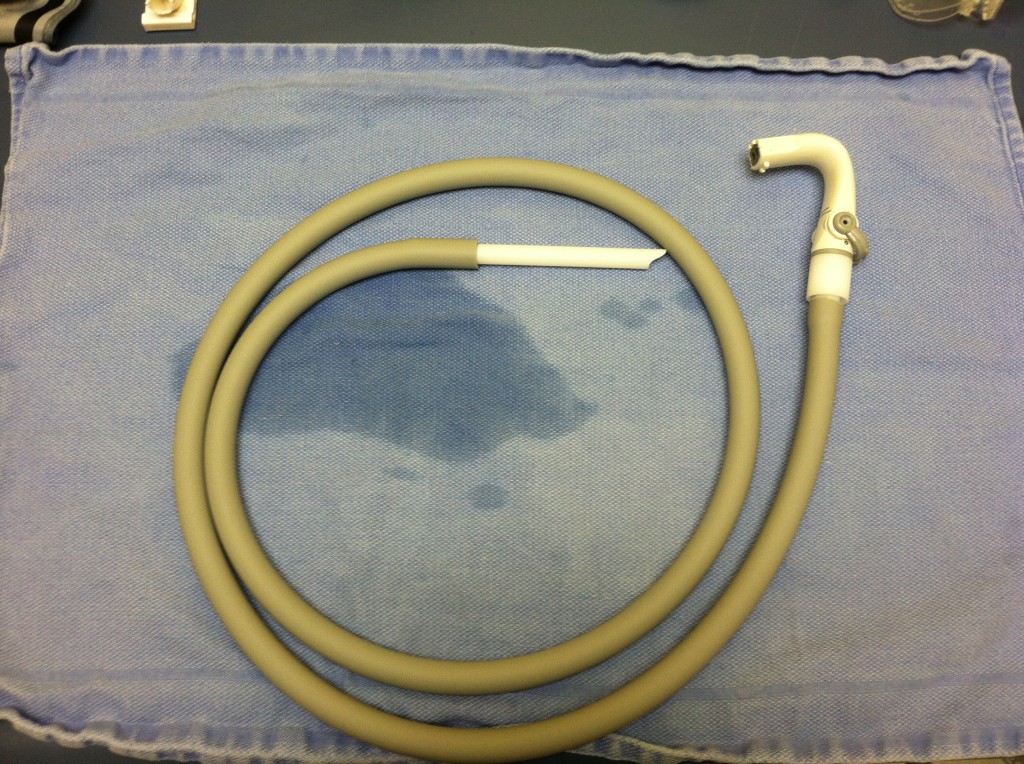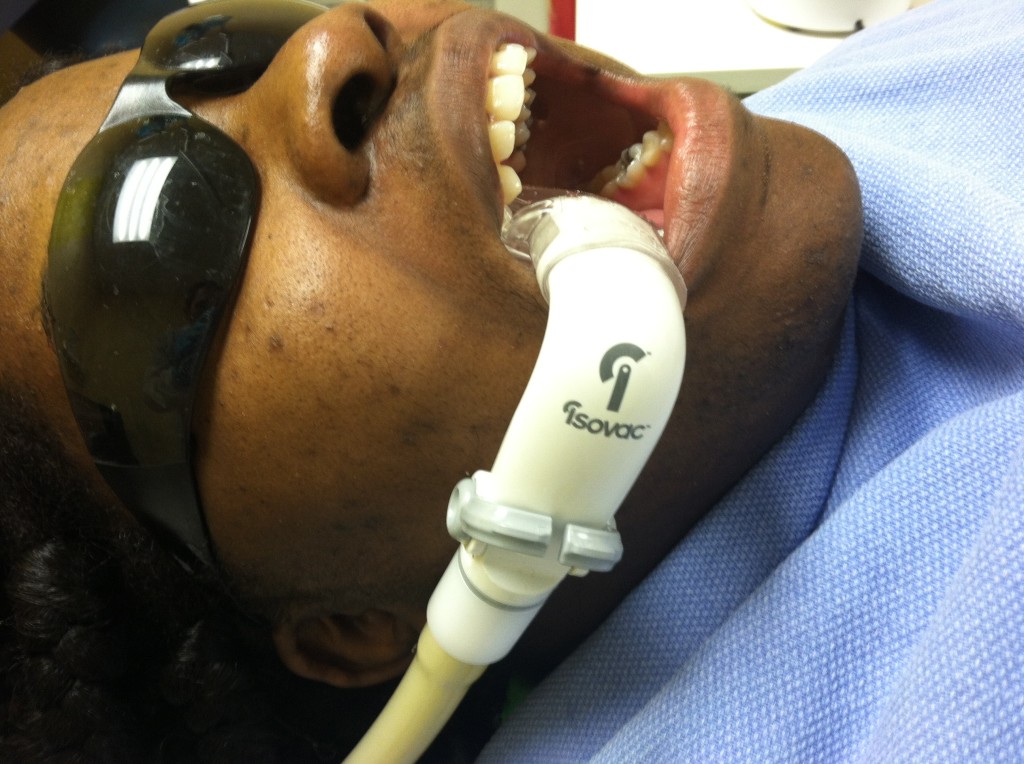Introduction
– This blog post is a point by point comparison of the IsoVac Isolation system and the DryShield Isolation system. It does not include an overview of each system. If you need an introduction of each system please check out the links below. This comparison focuses only on performance and cost.
Links
– My overview of the IsoVac system
– My overview of the DryShield system
– Isolitesystems.com
– DryShield.com
Cost
– The DryShield system is $500 and the IsoVac system is ~$300 (or $699 for 3). Each DryShield mouthpiece is $25 and each Isolite mouthpiece is $2.00-$2.50 (depends how you buy them). The Isolite mouthpieces are disposable and cannot be sterilized. The DryShield mouthpieces can be autoclaved up to 50 times (according to the company), which seems to be true based on my experience. I have one medium mouthpiece that has been autoclaved almost 40 times and it is still performing well. So for the DryShield mouthpieces, if we divide $25 by 50 that equates to 50 cents per use, but keep in mind, that does not include the cost of paying a dental assistant to clean and sterilize the mouthpiece, which takes about a minute. That adds another 30 cents to the per use cost (based on average dental assistant wages). Let’s now calculate the first year cost of both systems with the assumption that it’s being used 4 times a day, 4 days a week, and for 50 weeks. IsoVac system = $300 + ($2.00 x 4 x 4 x 50) = $1,900. DryShield = $500 + (.80 x 4 x 4 x 50) = $1,140. Winner = DryShield
Noise
– Both systems are relatively loud, but the DryShield is about 10%-15% louder, but it’s only 5%-%10 louder when the portable kit is being used. The video below shows both systems being used on the same patient, but it’s not a good noise comparison because my iPhone is further away with the DryShield system, but it gives you at least some idea what the systems sound like. Winner = IsoVac
Portability
– The DryShield is 100% portable out of the box. The IsoVac is only semi-portable and here’s why. The IsoVac has to be connected to an HVE coupler (every HVE valve has one) before it can be attached to your HVE tubing. Those HVE couplers are not all the same size, so if you disconnect the IsoVac from the your HVE coupler and move it to a different room or office, it may not fit. Winner = DryShield

DryShield portable kit (comes with the purchase of a DryShield system) makes moving a single system from room to room or office to office relatively easy. The metal part inserts into your HVE valve.
Anatomical Fit
– Overall, the Isolite mouthpieces fit a little better (especially with little kids, 3-5 years old) due to the design, but also because more sizes are offered. Isolite now offers 6 sizes (pedo, extra small, small, medium, medium dv, and large). DryShield offers 4 sizes (pedo, small, medium, and large), which still provides a good range. Winner = IsoVac

Isolite mouthpieces (left to right) large, medium dv, medium, small, and pedo (old version). The new pedo and extra small sizes not shown.
Suction Power
– Overall, the Isolite mouthpieces suction slightly better except in a very specific situation. Every now and then, the suction around the lower last molar on the lingual side gets very weak. It may be because the tongue retractor part of the mouthpiece gets “pinched” and blocks the flow. Fortunately, it doesn’t happen often, but it is annoying when it does. Winner = Tie
Cheek Retraction
– The Isolite mouthpiece provides a slightly better cheek retractor. It’s wider and the suction is a little better in that area. But with that said, the DryShield’s cheek retractor performs very well too. Winner = IsoVac
Tongue Retraction
– Both mouthpieces provide excellent tongue retraction and performance equally well. Winner = Tie
Bite Block
– The DryShield mouthpiece bite blocks are more firm than the Isolite’s, but still flexible. This is good and bad. In some cases, patients prefer the cushiness of the Isolite biteblock, but in other cases (with pedo mostly), the soft Isolite bite block will not keep the patient’s mouth open if the patient is fighting it. The Isolite mouthpiece also has suction within the bite block, which again, is good and bad : ). In some cases, it suctions saliva buildup behind the mouthpiece and in some cases it grabs tissue and causes a slight hickey on the patient’s inner cheek : ). Winner = Tie

The DryShield bite blocks can be swapped. For example, you can put a small bite block on a medium mouthpiece. Personally, I never do it.
Patient Comfort
– Comfort from the patient’s perspective seems to be about the same. Winner = Tie
Which system is better?
– If I were judging based on pure performance, I would say the the IsoVac is slightly better, but then the question is, “Is it worth the extra cost?” That’s totally up to you. I can’t make that value call for you. I personally love both systems and I strongly believe every dentist and hygienist should have one of these systems in their toolbox. If you have any questions or thoughts please share in the comment section.

















I will be using the dryshield system with kona adapter very soon, as I was the lucky winner!!!! I really am excited to try it and use it and will let you know how I like it! Thanks again Mark!!
Hi Mark!
Is there another adapter that will work with the Dry Shield that has the curved extension?
No
Hello
Can the DryShield mouthpieces be used with the isodry or isovac systems??
No
We have attached the Dryshield to the Isolite coupler in our office many times (we have both) and it works fine.
Thanks for information